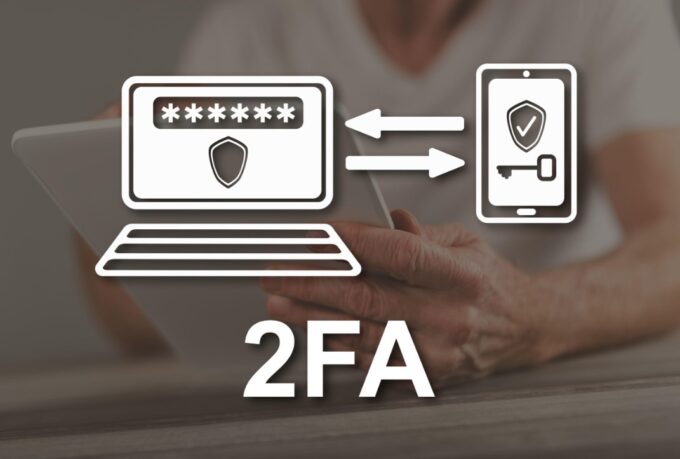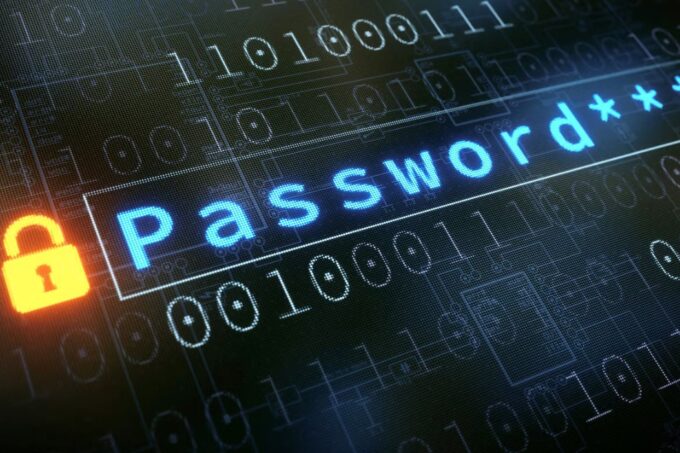The emergence of cryptocurrencies has revolutionized the financial world, offering innovative ways to transact and invest. However, the digital nature of these assets brings unique challenges, particularly in secure storage and selling practices.
As the crypto market continues to grow, understanding and implementing robust security measures becomes crucial. Failing to manage cryptocurrencies properly can lead to significant financial losses and vulnerabilities.
This blog post aims to provide an exhaustive guide on secure crypto storage and selling practices, equipping you with the knowledge to protect your digital assets effectively.
1. Choose the Right Wallet
Choosing the right wallet is crucial in the world of cryptocurrencies. Your choice dictates not only the convenience of your transactions but also the security of your digital assets. Best crypto wallets can provide insights into top-rated hardware solutions that combine advanced security features with user-friendly designs. Let’s delve deeper into the three primary types of wallets: hardware, software, and paper wallets.

Hardware Wallets
Hardware wallets, such as Ledger and Trezor, are revered for their robust security. These physical devices store private keys offline, shielding them from online hacking attempts, making them an excellent option for securing large sums over an extended period.
Although they offer peace of mind, they can be costly and may not be the most convenient for those who trade frequently due to their transaction processing times and the need to carry the device for access.
Software Wallets
Software wallets provide a balance between accessibility and security. Available as mobile or desktop applications, they facilitate quick and easy transactions, ideal for active traders and everyday use.
While they are generally free and user-friendly, their online nature makes them more susceptible to threats such as hacking and malware. Therefore, it’s imperative to prioritize wallets that regularly update their security features and to practice vigilance, like using strong, unique passwords and avoiding public Wi-Fi for transactions.
Paper Wallets
Paper wallets are a form of cold storage, offering a high-security level by keeping your private keys offline. By physically printing or writing down your keys, you completely isolate them from online vulnerabilities.
This method, while highly secure against digital threats, comes with its own set of risks, such as potential damage from environmental factors like water, fire, or even getting lost. Moreover, the process of setting up and using paper wallets can be daunting for beginners, requiring meticulous attention to detail to avoid errors during transactions.
2. Enable Two-Factor Authentication (2FA)

Two-Factor Authentication (2FA) significantly enhances the security of your crypto accounts. It requires two forms of verification: something you know (like a password) and something you have (like a mobile device).
To set up 2FA, access the security settings on your crypto account, select the 2FA option, and follow the instructions, usually involving a QR code scanned by an authentication app. 2FA acts as an additional barrier against unauthorized access, making it a vital security feature. It is an essential feature on the best bitcoin mixer websites which you’ll know once you try them out.
3. Keep Private Keys Secure
Private keys are the cornerstone of cryptocurrency ownership, granting access to your assets. Their security is paramount. Store them in hardware devices like USB drives or specialized hardware wallets for optimal safety. Additionally, encrypted digital backups can provide a safety net against loss or damage. Never share your private keys with anyone and avoid storing them on internet-connected devices to prevent theft or hacking.
4. Beware of Phishing Scams
Phishing scams, where fraudsters impersonate legitimate entities to steal information, are rampant in the crypto world. Be vigilant about emails or websites requesting sensitive information. Always verify the authenticity of the source and never click on suspicious links. Regularly updating your knowledge about common phishing tactics can help you identify and avoid these threats.
5. Use Strong and Unique Passwords

The strength of your passwords directly impacts the security of your crypto assets. Use complex passwords with a mix of letters, numbers, and symbols, and ensure they are unique for each account. A password manager can assist in generating and storing strong passwords securely, reducing the risk of unauthorized access.
6. Regularly Update Software
Keeping your wallet and other crypto-related software up-to-date is crucial for security. Outdated software may contain vulnerabilities that hackers can exploit. Regularly check for updates and install them promptly. This simple practice can significantly reduce the risk of security breaches.
7. Diversify Your Holdings
In the dynamic and often unpredictable world of cryptocurrencies, diversification is not just a strategy, but a necessity. By spreading your investments across various cryptocurrencies, you not only reduce the impact of volatility on your portfolio but also open doors to potential opportunities different assets may offer.
Diversification strategies can range from balancing investments between major coins like Bitcoin and Ethereum, to exploring altcoins with promising technologies or investing in crypto-related stocks and blockchain projects. Consider the correlation between assets to ensure true diversification, and regularly review your portfolio to adjust the balance as the market evolves.
8. Employ Cold Storage
Cold storage is akin to a digital vault for your cryptocurrencies, providing a shield against online threats and unauthorized access. By keeping your cryptocurrencies offline, you effectively eliminate the risk of hacking incidents that plague internet-connected wallets. This method is especially critical for safeguarding large amounts or long-term investments where security is paramount.
Popular solutions like hardware wallets not only offer robust protection but also maintain accessibility, allowing you to manage your assets securely without sacrificing convenience. Remember, the initial cost of a hardware wallet is a small price to pay for the security and peace of mind it provides.
9. Regularly Monitor Your Portfolio

Vigilance is key in the ever-evolving crypto market. Regular monitoring of your crypto portfolio is not just about tracking performance, but also about safeguarding your assets. With the right portfolio tracking tools and apps, you can get real-time insights and analytics, enabling you to quickly spot unauthorized transactions or suspicious activities.
This proactive approach ensures that you can respond swiftly and effectively to any irregularities, minimizing potential risks. Regular portfolio reviews also provide the opportunity to adjust your strategy in response to market changes, keeping your investment goals on track.
10. Understand Tax Implications
Navigating the complex world of cryptocurrency taxation can be daunting, yet it’s a critical aspect of responsible investment. Cryptocurrency transactions can lead to significant tax liabilities, and understanding the implications is crucial for compliance and financial planning.
Keeping meticulous records of all transactions is essential for accurate tax reporting. Consult with tax professionals who specialize in cryptocurrency to navigate the nuances of tax regulations in your jurisdiction. Staying informed and seeking expert advice can help you avoid unexpected tax liabilities and make informed decisions about your crypto transactions.
11. Stay Informed and Adapt
The cryptocurrency landscape is continuously evolving. Staying informed about the latest trends, news, and regulatory changes is vital. Adapt your strategies and practices as the market evolves. Continuous learning and adaptability are key to successful and secure cryptocurrency investing.
By following these guidelines, you can navigate the complex world of cryptocurrencies with confidence and security. Remember, the key to successful crypto management is a combination of knowledge, vigilance, and proactive practices.










